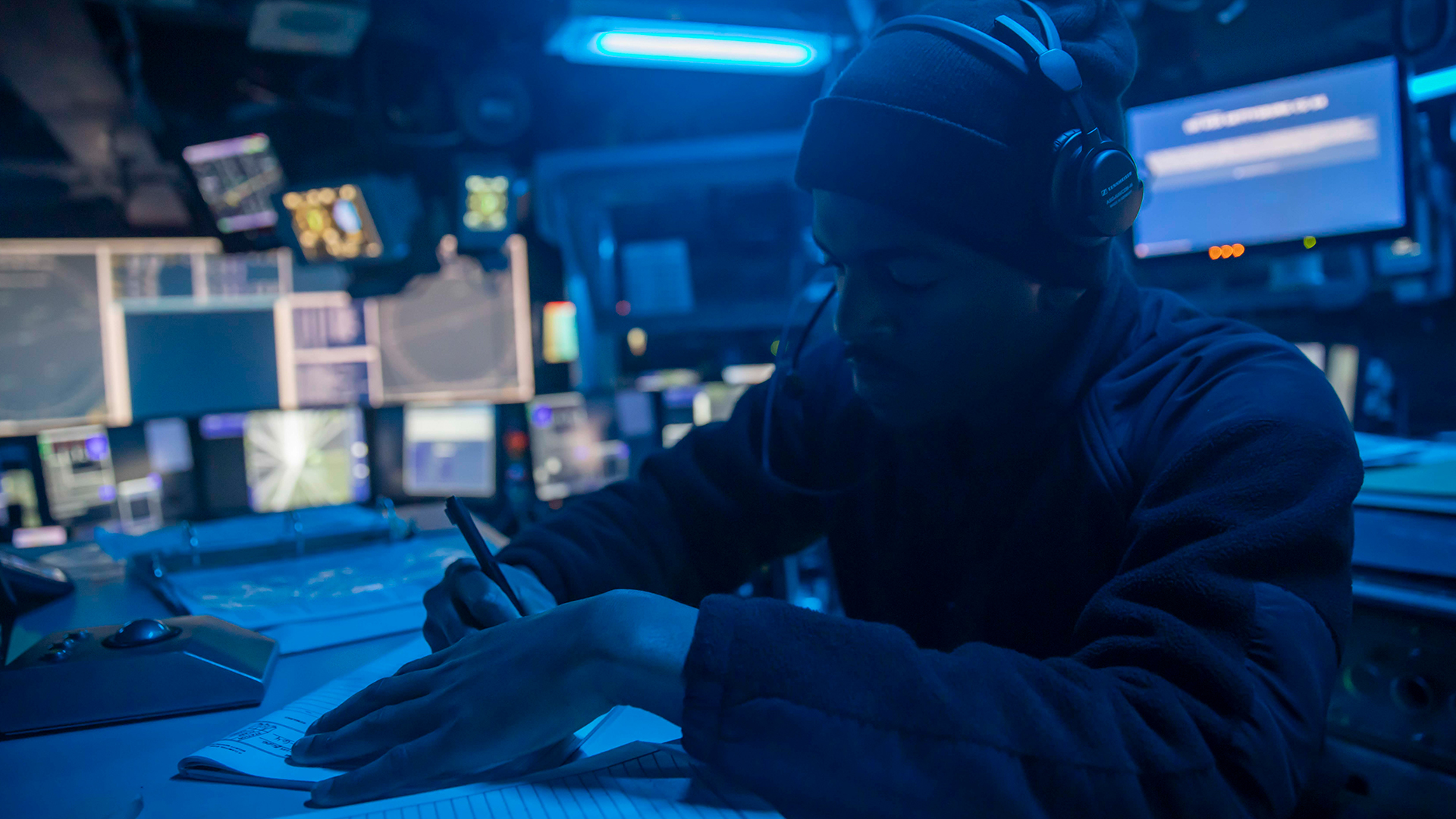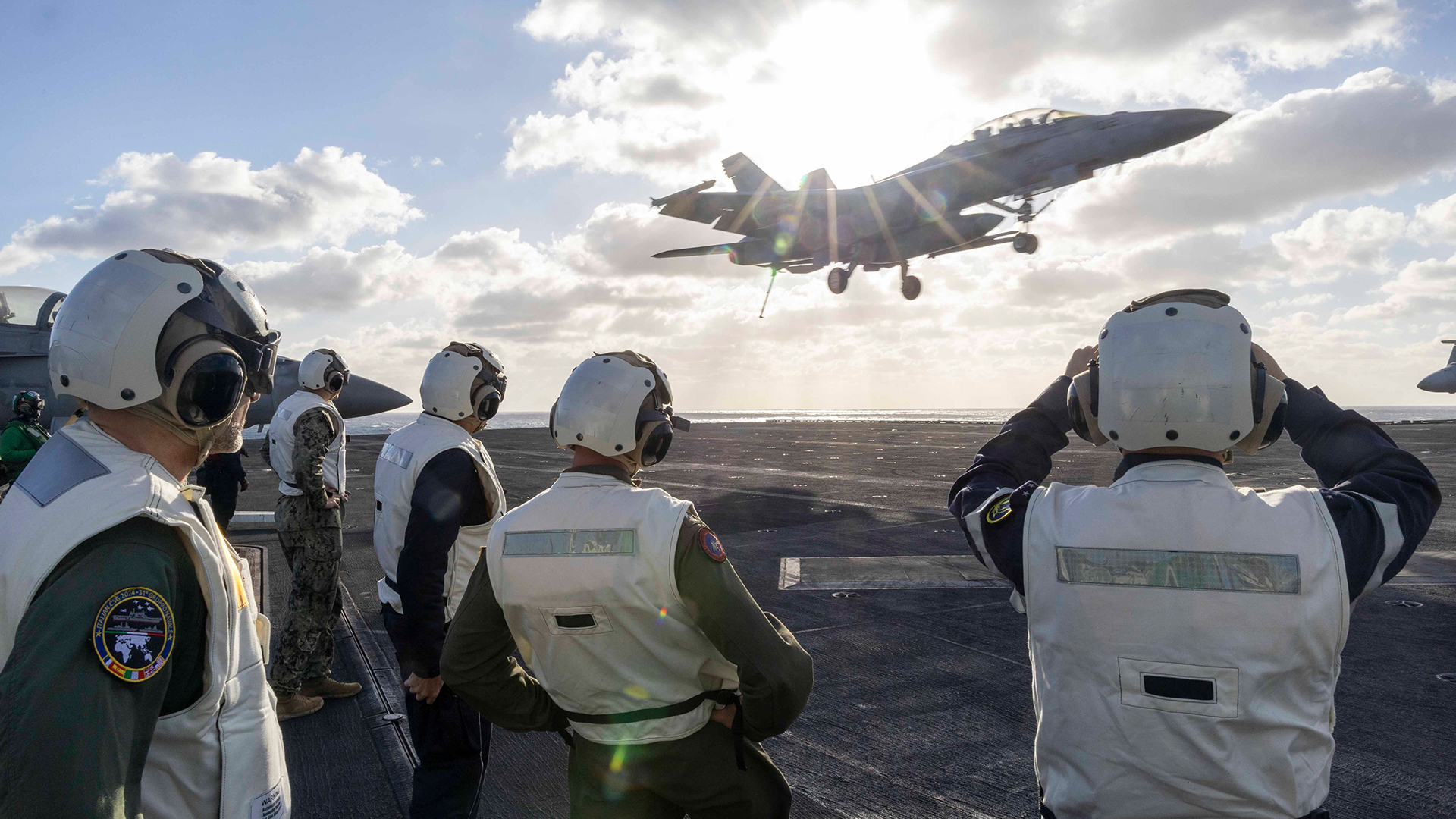
How did the US Navy come to shoot down one of its own aircraft in the Red Sea?

The shooting down by a US cruiser of an F/A-18 Super Hornet during operations against the Houthis is an unfortunate accident which highlights the complexities of working in a crowded battlespace environment.
The facts released so far by US Central Command are that two crew members had to eject from their F/A-18 when it was shot down in an apparent case of friendly fire by the guided-missile cruiser USS Gettysburg, which is part of the USS Harry S Truman Carrier Strike Group (CSG).
Both aircrew were safely recovered, with one sustaining minor injuries.
Centcom also announced on 21 December that US forces had struck a Houthi missile storage facility and a command-and-control facility in Sana’a, the capital city of Yemen.
During the operation, US forces also shot down multiple Houthi one-way attack uncrewed aerial vehicles and an anti-ship cruise missile over the Red Sea.
According to the US Navy, the Truman CSG entered the Centcom area of responsibility on 14 December.
This mean the carrier had been operating in the Red Sea for only a week when the accident happened.
The CSG includes the USS Harry S Truman with nine aviation squadrons, including fighter aircraft and helicopters, plus airborne early warning and transport planes.
The CSG also includes Ticonderoga-class guided-missile cruiser USS Gettysburg and two Arleigh Burke-class guided missile destroyers, USS Stout and USS Jason Dunham.
Those are the facts we know so far - but what else can we deduce from this information?
The Ticonderoga cruisers' primary job is air defence protection of the aircraft carrier.
It is normally located close to the carrier and positioned between the vessel and any likely threat.

Ticonderoga cruisers incorporate the Aegis Combat System, which has been in service with the US Navy since the 1980s.
In the ships' Combat Information Centre the crew monitor radar activity on their own personal radar screens in the same manner as a Royal Navy Operations Room.
Additionally, the Aegis system has four large screens showing the air picture at various distances.
One screen will show the radar picture immediately in vicinity of the ship, while another will show the whole region.
Aircraft show up as various symbols which distinguish between known and unknown.
The information for the immediate vicinity is fed from a Northrop Grumman E-2 Hawkeye airborne early warning aircraft flying from the USS Truman.
Civilian aircraft have transponders which squawk their identity.
Military aircraft will have Identification Friend and Foe (IFF), which is means of interrogating a potential target to see if it is friendly.
If the IFF failed on the F/A-18 Super Hornet then this would immediately create a problem.
The aircraft crew could radio the carrier, which would then order the defensive ships to increase their weapon control states to avoid engaging a friendly aircraft.

Nato weapon control states are measures employed which define the parameters missile crews can engage targets in.
They range from Weapons Hold, where you can only fire in self defence or when ordered, to Weapons Free, where any target not positively identified as friendly can be engaged.
However, there is an additional issue here - the geography of the Red Sea presents a problem for carrier operations.
It is narrow. Off the northern cost of Yemen, it is approximately 200 miles across.
This is a constricted and very busy shipping area where there is merchant shipping and numerous small dhows and skiffs on the move.
In terms of air defence, distance equals time.
As former Royal Navy Commander Tom Sharpe has previously written, there is little time to react to aerial threats in that environment - potentially less than 20 seconds to make a decision.
So imagine the battlespace environment. Fighter aircraft are taking off and landing during raids on Houthi targets in Yemen.
The Houthis are firing one-way attack drones and crucially an anti-ship cruise missile into the Red Sea.
The crew of the USS Gettysburg, who have only been in theatre less than a week, are trying to understand the air picture.
Then suddenly something goes wrong and the crew have less than 20 seconds to understand it.

Fortunately the aircraft crew survived, so now the US Navy will be rapidly investigating what went wrong, to see if it was human error or technical malfunction, or error in the processes followed.
They will be looking at the aircraft IFF and the weapon control states, plus the threat picture at the time.
Mistakes like this have happened before. In 1988 the Ticonderoga cruiser USS Vincennes shot down an Iranian Airbus in the Persian Gulf, killing 290 people.
In that case a US report concluded "misjudgements due to stress and unconscious distortion of data played a major role in the crew's misinterpretation of the Aegis system data".
The US Navy will learn from this and continue to hone its drills to enable it to operate in this complex battlespace environment.









